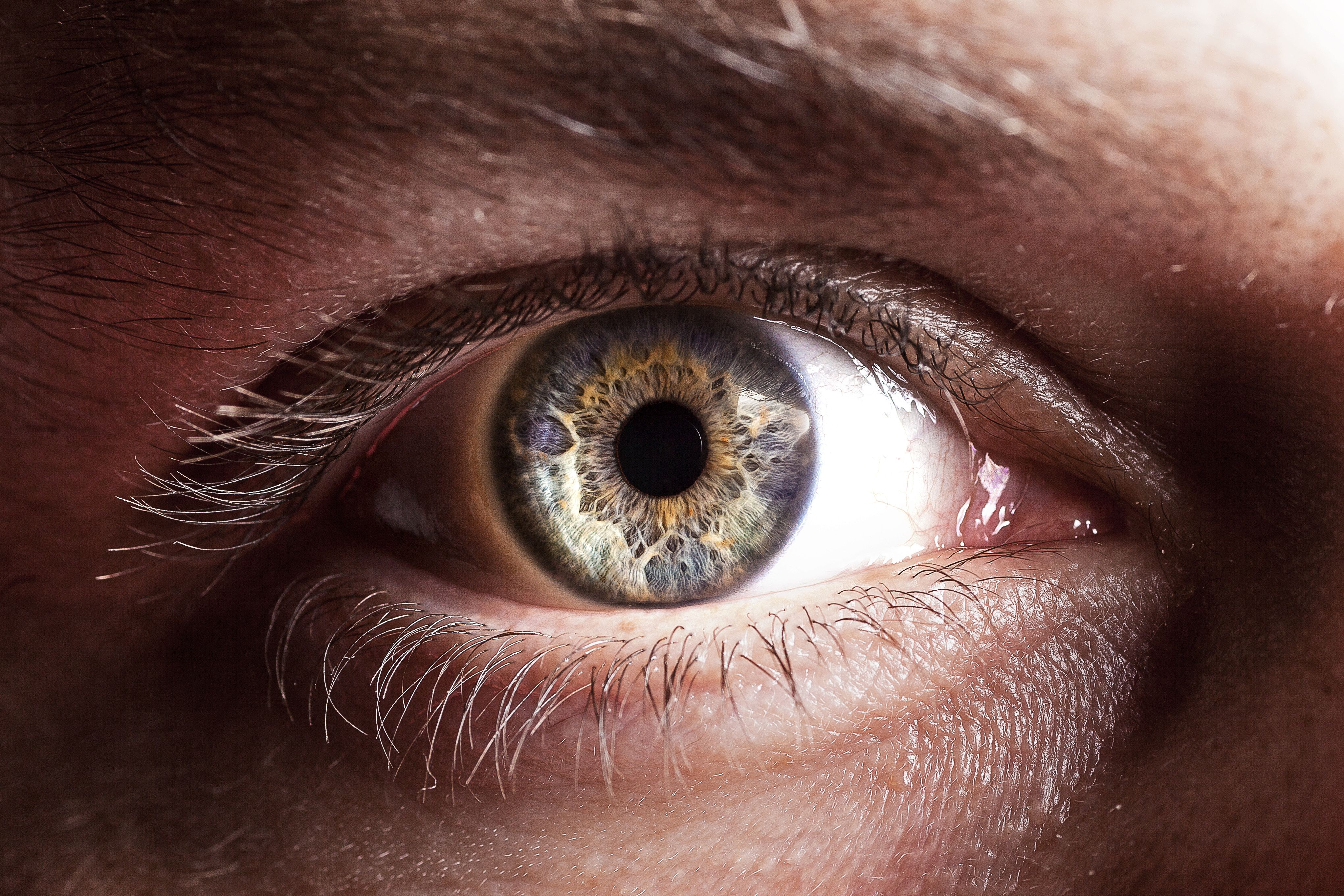- Center on Health Equity & Access
- Clinical
- Health Care Cost
- Health Care Delivery
- Insurance
- Policy
- Technology
- Value-Based Care
Exotropia, Esotropia Risk Factors Include Genetic Duplications on Chromosomes
Esotropia and exotropia could have shared genetic risk factors based on findings that genetif duplications on chromosomes were risk factors for the diseases.
Genetic duplications in the second, fourth, and tenth chromosomes were found to be risk factors for both exotropia and esotropia, according to a study published in JAMA Ophthalmology. Genetic risk factors may be shared between the 2 conditions.
There have not been genetic causes for the forms of developmental horizontal strabismus identified before, with most risk factors identified being environmental ones. A previous study had identified 3 recurrent duplications that increased the risk of esotropia in White patients. This study aimed to assess whether these copy number variants (CNV) were associated with the risk of esotropia specifically or for strabismus more generally.
This study took place in Boston, Massachusetts at the Boston Children’s Hospital between November 2005 and December 2023. All patients came from the orthoptic clinics and pediatric ophthalmology practices as well as those who had a family history of strabismus. Patients were excluded if they had strabismus with a nonheritable etiology or structural ocular abnormality, they had deprivation amblyopia, they had structural brain abnormalities, had other diagnoses associated with strabismus, had paralytic strabismus, or had other molecularly defined genetic syndromes. Medical records were used to collect data on strabismus measurements and alternate prism cover testing was also used. The DNA of all participants was collected.
Close-up of Eye | Image credit: Firefighter Montreal - stock.adobe.com

There were 234 patients who were included in this study who had a mean (SD) age of 19.5 (19.0) years and of whom 54.3% were female. A total of 55.6% of the participants were non-Hispanic White, 26.4% did not report their race, 6.4% were non-Hispanic Black, 5.1% were Hispanic White, 3.8% were Asian, 1.7% were multiracial, and 0.4% were Native American.
A total of 1.7% of patients with exotropia and 1.4% of patients with esotropia had a chromosome 2 duplication compared with 0.1% of controls. The risk of exotropia is increased due to this (OR, 17.0; 95% CI, 4.9-58.7) in much the same way as it is a risk for esotropia (OR, 14.2; 95% CI, 5.4-38.1) compared with controls.
A total of 3.0% of patients with exotropia and 1.7% of patients with esotropi had a chromosome 4 duplication compared with 0.2% of controls. The risk of exotropia is increased (OR, 20.1; 95% CI, 7.4-60.4) in a similar way to the risk for esotropia (OR, 11.1; 95% CI, 4.6-25.2). A total of 6.0% of patients with exotropia and 4% of patients with esotropia had a chromosome 10 duplication compared with 0.4% of controls. The risk of exotropia was increased (OR, 13.7; 95% CI, 6.7-28.4) in a similar rate to the risk of esotropia (OR, 9.0; 95% CI, 5.4-14.9).
Rates of strabismus surgery was higher in patients with exotropia with a duplication compared with patients with a duplication (58% vs 34%); rate of constant exotropia was also higher in patients with duplication compared with those without duplication (70% vs 29%). A total of 79% of patients who had 1 or more duplications were non-Hispanic White, 50% were female, and the mean age was 15.5 (12.8) years at enrollment.
There are some limitations to this study. The cross-sectional design cannot assess causality between the duplication and exotropia. The associations are also imprecise due to how rare these duplications are. White patients made up the majority of the recruitment sites. Participants with a family history may have been more likely to enroll. All medical records were from a variety of examiners from different medical records. Preoperative orthoptic measurements were not available for all participants. Rates of surgery vary between time and place. Age of onset of strabismus was not collected.
The researchers concluded that all of the genetic duplications were associated with an increased risk of exotropia or esotropia, which indicates a shared genetic predisposition between the 2 conditions.
Reference
Martinez Sanchez M, Chan WM, MacKinnon SE, et al. Presence of copy number variants associated with esotropia in patients with exotropia. JAMA Ophthalmol. Published online February 15, 2024. doi:10.1001/jamaophthalmol.2023.6782
Cumulative Atropine Not Associated With Increased Risk of Ocular Events in Children With Myopia
September 17th 2025Although children living with myopia taking atropine did experience an increased incidence of cataracts, glaucoma, or maculopathy, it is unclear if this risk was confounded by myopia severity.
Read More
